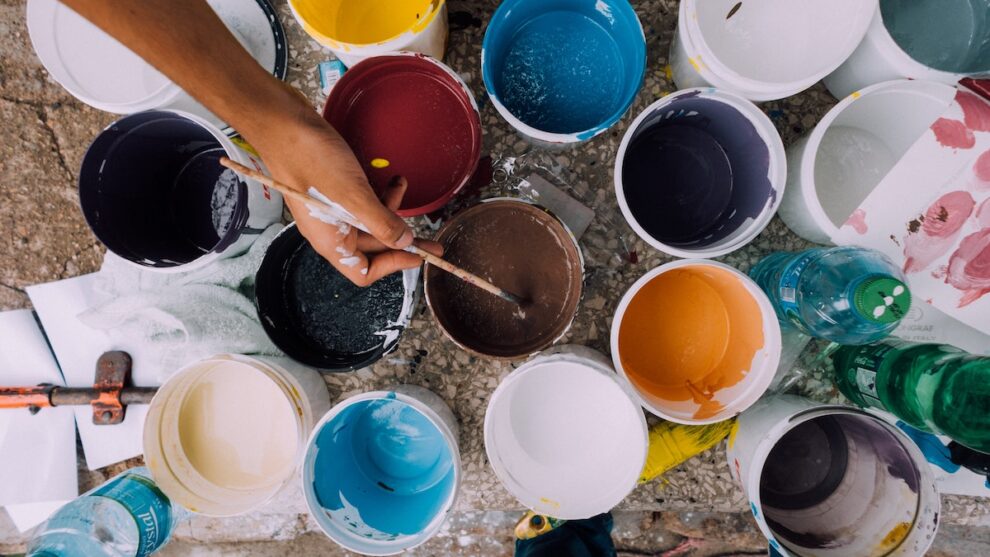When you use art as a means of enhancing your mental health and treating disorders, that’s called art therapy. It is a form of therapy that incorporates mental health and human activity by using applied psychological theory, art-making, creative process, and human experience.
The amazing thing about art therapy is that you don’t even have to be an artist to enjoy the benefits. You just need to be able to express yourself artistically. The goal is not for you to create a masterpiece like Leonardo Da Vinci but to help you resolve issues you might be going through. When you’re ready to get started, there are professionals available to help you get into the message from your art that would help the healing process.
What is Art Therapy?
Let’s run through some definitions. First, it is also known as creative arts therapy or expressive arts therapy that encourages an individual to reveal and acknowledge their emotions using art and through the creative process of creating art.
It is also defined as a type of expressive therapy that employs the use of artistic materials. Art therapy is a combination of both the traditional therapeutic principles and its methods coupled with a knowledge of the mental part of the creative process. To better understand it, art therapy is creating and reflecting on art so people can increase their self-awareness and cope with traumatic experiences.
Techniques
The objective of art therapy is to help people freely express themselves using art thereby discovering new coping skills. Creating art helps to improve social skills, explore feelings, develop self-awareness, cope with stress and trauma, and boost self-esteem.
Some techniques used in art therapy are:
- Coloring
- Collage
- Finger painting
- Doodling and scribbling
- Pottery or working with clay
- Painting
- Photography
- Drawing
- Sculpting
Image courtesy Unsplash
Benefits of Art Therapy
Creative activities can drastically reduce your stress levels leaving a positive effect on your mental health. As stated earlier, being a talented artist isn’t a must.
People who have gone through emotional trauma, physical and verbal abuse, anxiety, depression, or PTSD are able to cope from being able to freely express themselves creatively. You can think of art therapy as a form of rehab. The art therapist can use different art techniques or methods such as the ones listed above including painting, drawing, sculpting, and collaging with their patients irrespective of their current age.
How Does It Work?
An art therapist guides their patient to use art materials to initiate sensory responses and generate or create images that are directly linked to emotions. The process aids the person to go through an experience of emotions again in a way that they get to arrange their feelings and create a narrative for an overwhelming experience.
When this happens, they are likely to find it easy to get words that make communication possible. At the end of the day, the main aim of the art therapist is to help you become more self-aware and develop new coping strategies that would ultimately improve your functionality and quality of life.
Art therapy is broad and has so many benefits that can improve people’s lives whether you need help or not. It is really a great form of therapy because it can help anyone.













